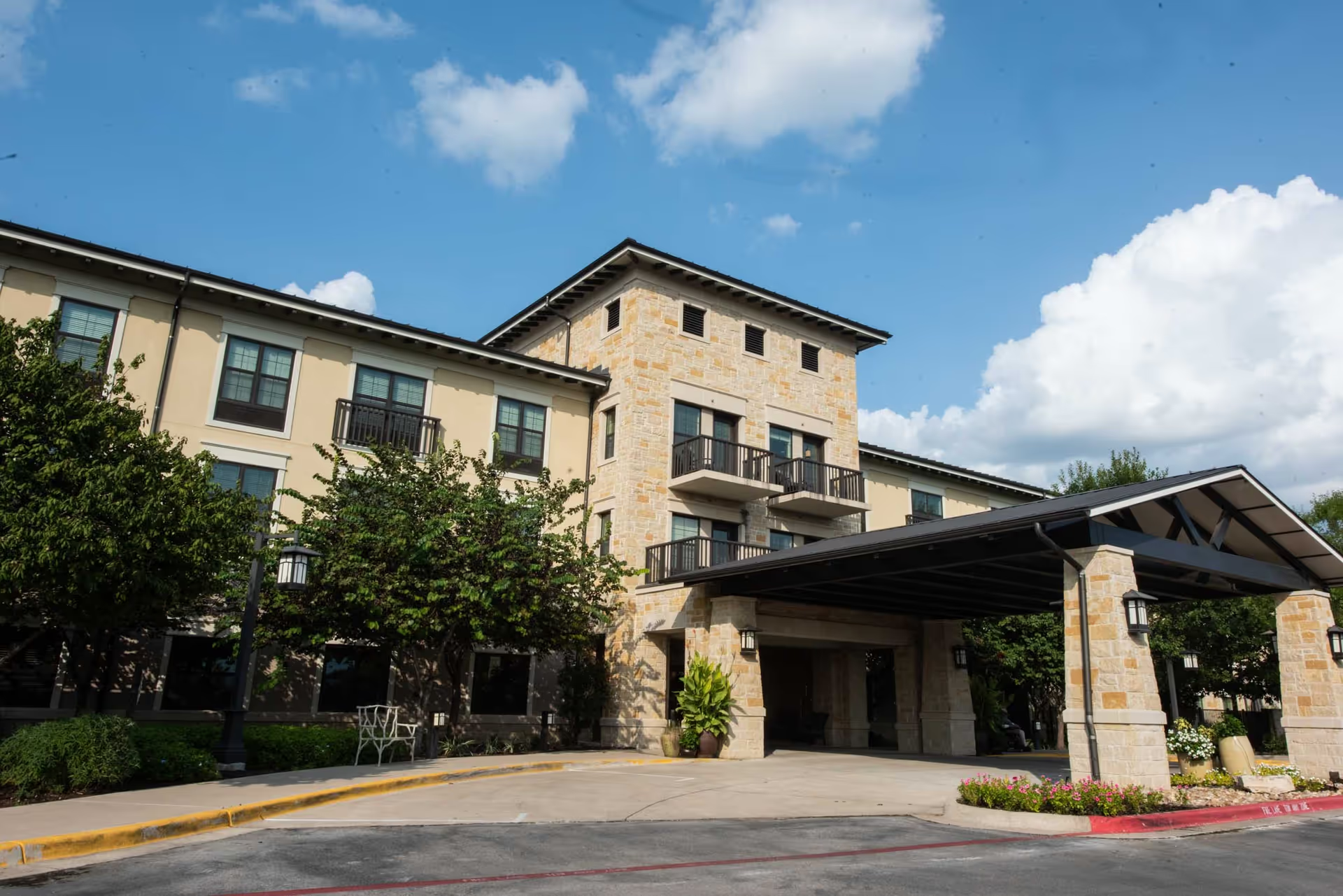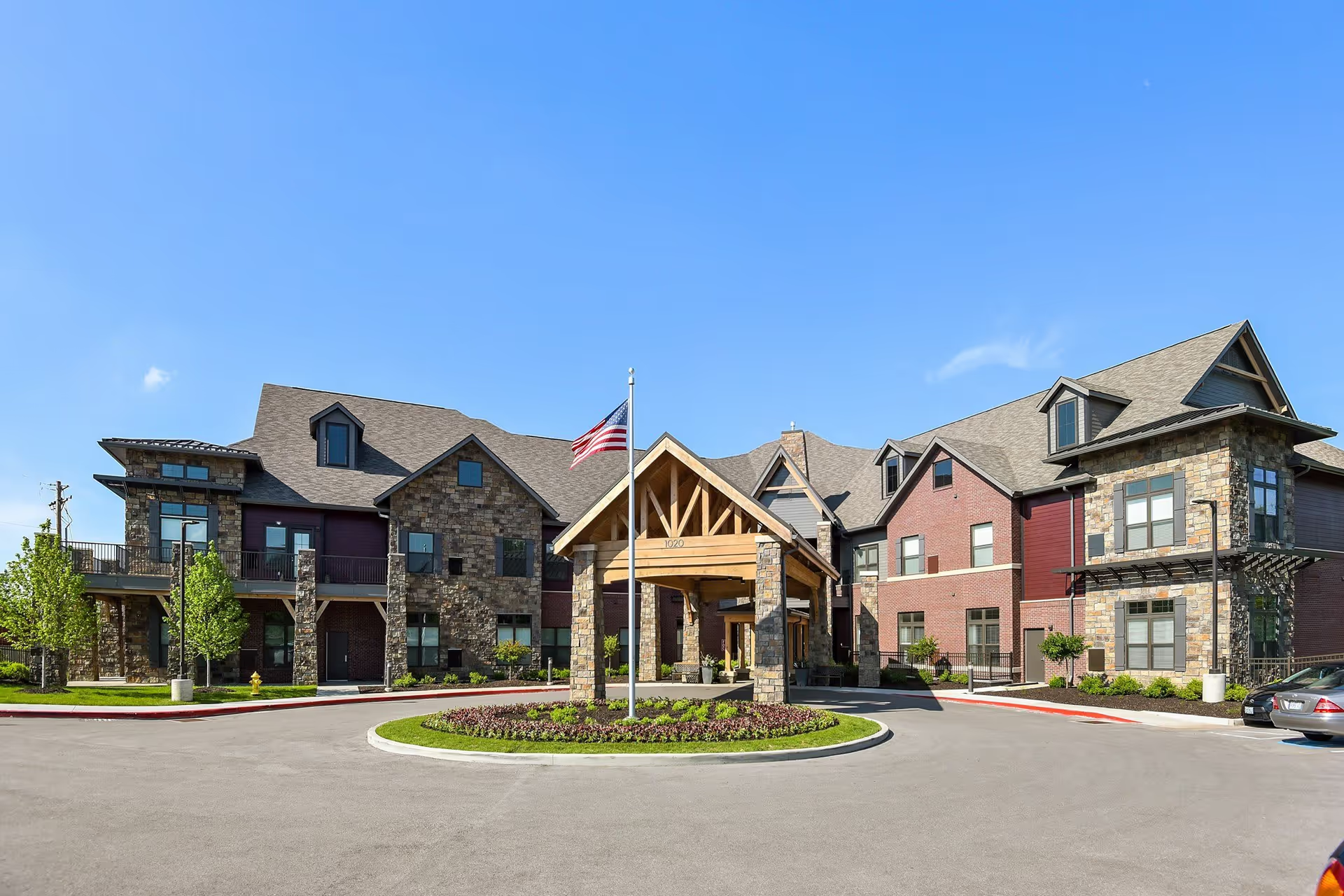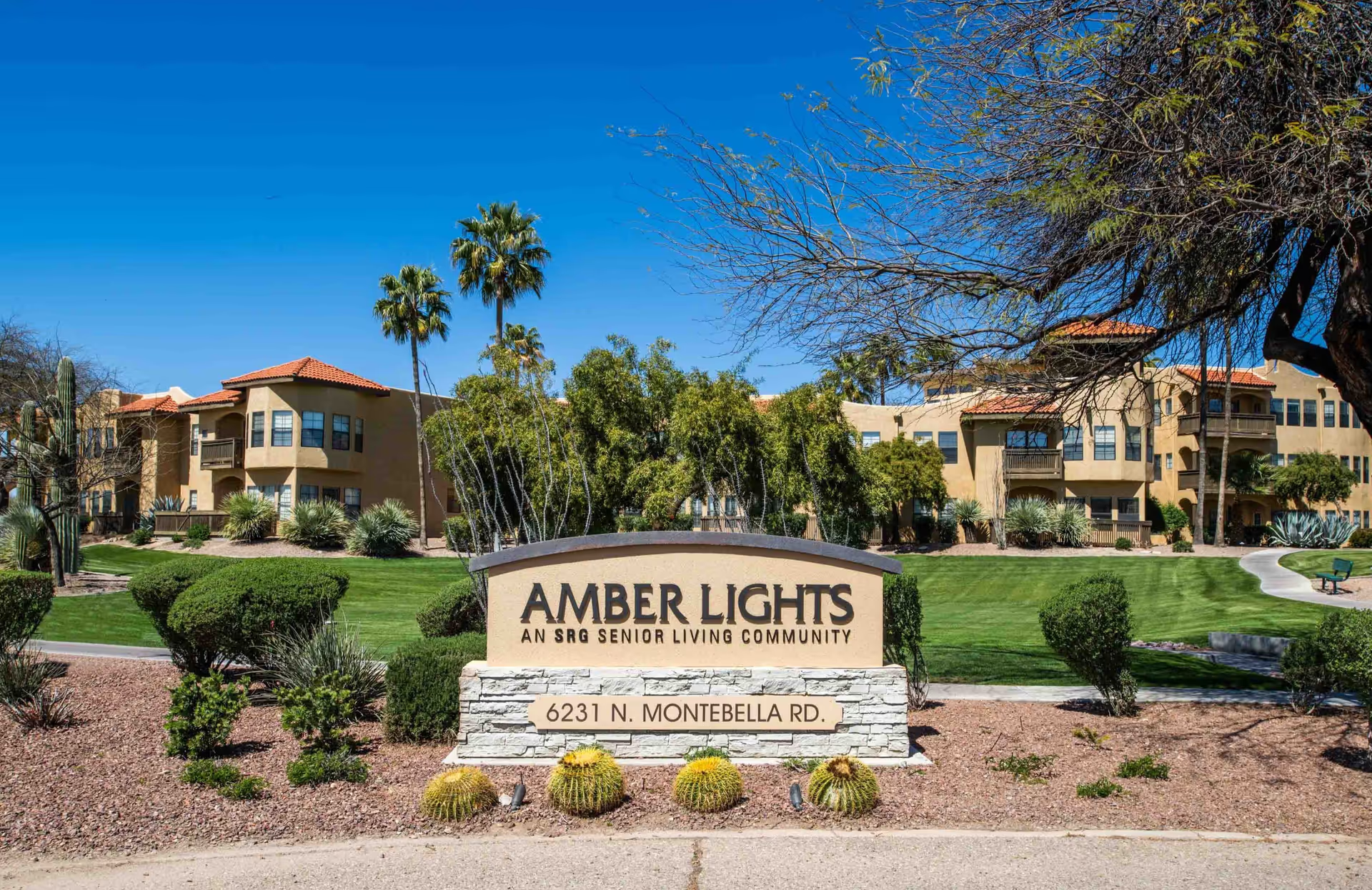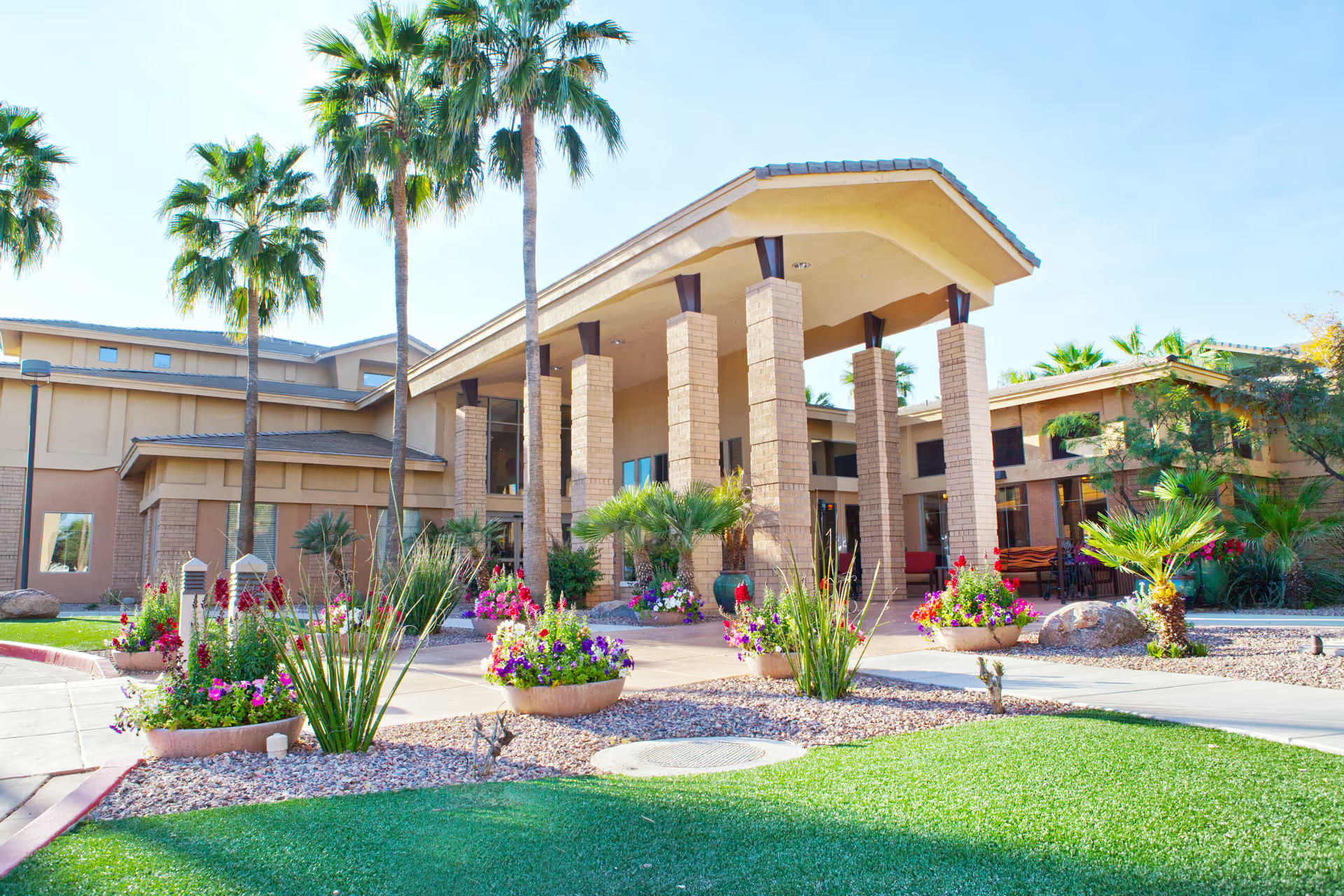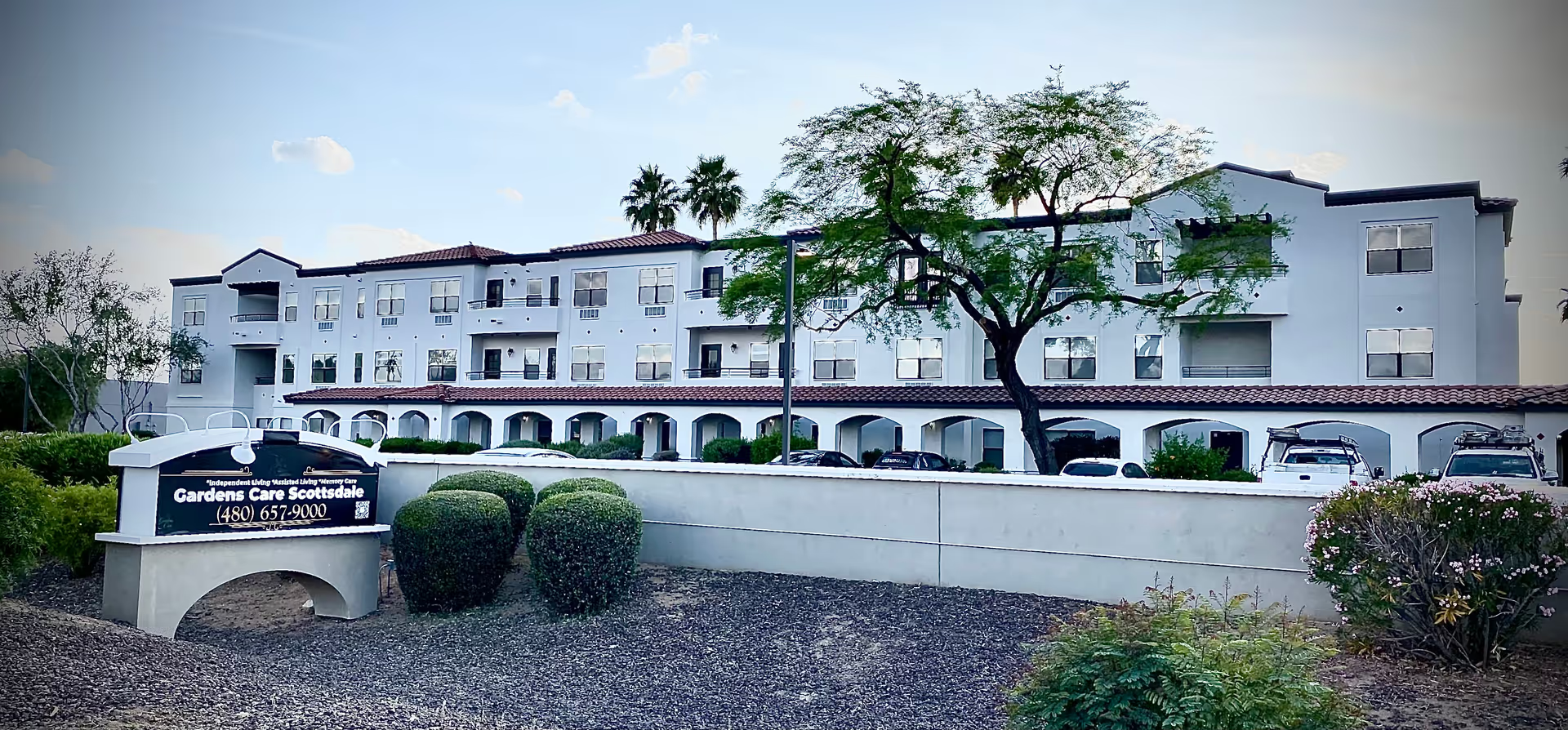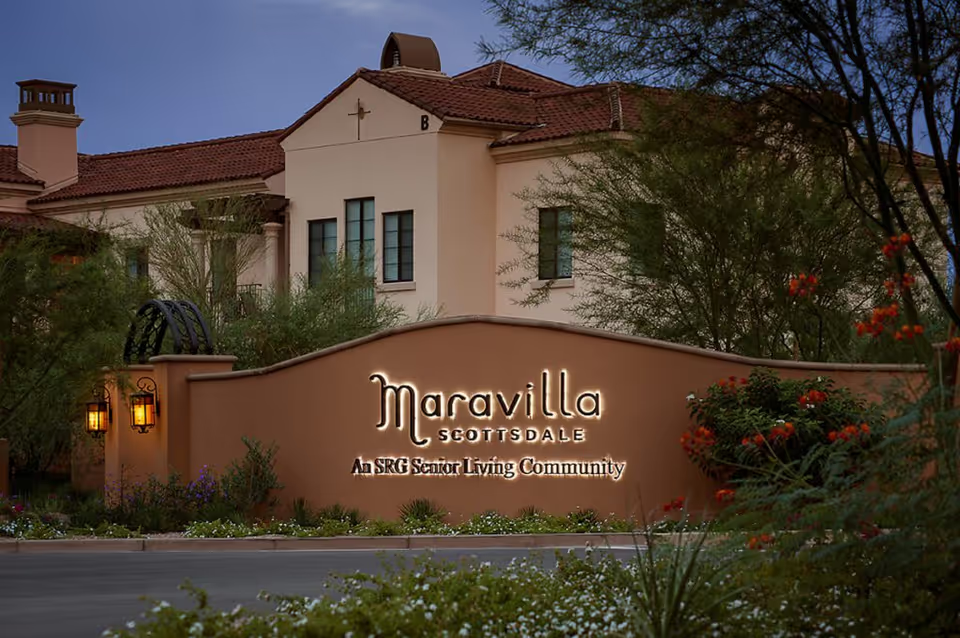Havens Inn, now permanently closed, was a State Licensed Assisted Living Facility, Type-A, for men in San Antonio, Texas, regulated by Texas's Department of Social Services with a vendor number of 030196. The facility offered a medium-sized setting, able to house up to 36 residents, in shared neighborhood housing with live-in caregivers for those who needed help. Residents could get assistance with activities of daily living like bathing, grooming, dressing, getting in and out of the shower, and using the bathroom, with medication management and 24-hour supervision included, though there wasn't a guarantee of awake staff around the clock and some services like two-person transfers or insulin injections depended on caregiver availability and required asking ahead of time.
They provided transportation for medical visits, errands, and faith-based events, which sometimes made life easier for residents with regular appointments or who wanted to stay active in their faith. The meals program served 1 or 2 prepared meals daily, and the kitchen could change meals for special diets, such as for diabetes or food allergies. The place had laundry and housekeeping services, including dry cleaning, with furnished rooms that came with phones and television as needed.
For recreation, the facility had a range of indoor and outdoor amenities such as a dining room offering restaurant-style service all day, a small library, a book room, cable or satellite TV, a fitness room, a barber or salon, a hot tub, a steam room, and community common areas. Outdoor relaxation and walking paths gave residents some fresh air. The activities list often included movie nights, resident-run programs, devotional activities off-site, music and art programs, pet therapy, board games, and regular physical activity schedules. For health and wellness needs, the community could support people with high blood pressure, diabetes, and mobility issues, and it adjusted services for different stages of Alzheimer's or dementia, offering some mental health support in a setting meant for residents over 55 or 62, depending on the building rules.
The community provided secure supervision, an emergency alert system, a 24-hour call system, and access to nearby pharmacies and health providers, aiming for safety and convenience. Residents could get spiritual support through devotional services away from the facility. The rooms and shared spaces were fully furnished, and there was reliable Wi-Fi throughout. Fees varied depending on care needs, and services like memory care or second person help often carried extra charges. Move-in coordination helped make transitions smoother, though, with the closure, none of these services or amenities are now available. The facility was part of a broader senior living group offering everything from apartment-style independent living to nursing care homes, and sometimes it operated by tailoring help to how much a person could still do for themselves, always focused on care rather than medical treatment.
